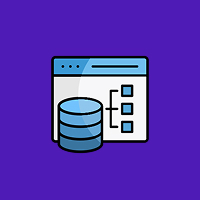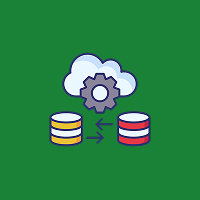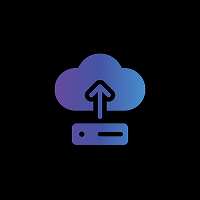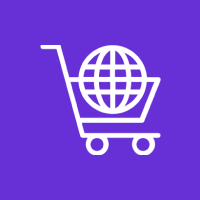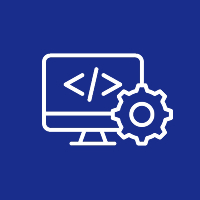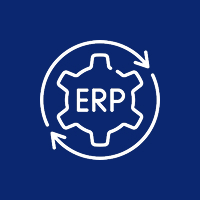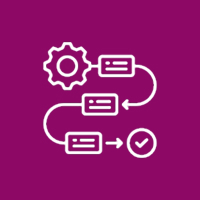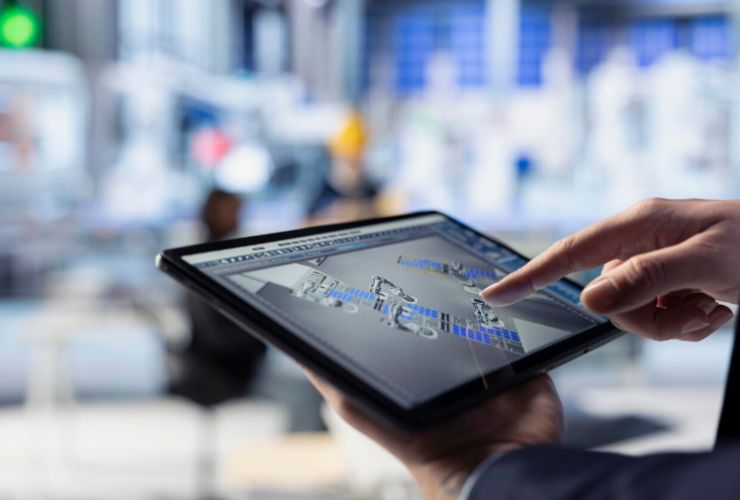In today’s fast-paced, information-centric business climate, digital transformation is not just a competitive advantage issue, but a growth and survival mandate. The secret to it all is Enterprise Resource Planning (ERP) systems that allow companies to make functions seamless, maximize visibility, and make faster, more informed decisions. Having ERP is not enough, however. Actual change takes place when that ERP is implemented end-to-end across the business landscape with no seams in between, providing a smooth information and capability flow across departments, platforms, and groups.
Here we describe how integration of ERP creates a wiser, more responsive, and digitally empowered enterprise.
1. Seamless Operations and End-to-End Automation
ERP integration consolidates all the business processes like order management, inventory, procurement, HR, and accounting into one integrated system. This allows for automatic processing of processes within departments, eliminating manual intervention and the delays or errors that would otherwise arise when the processes are in separate systems.
For example, for a sales order placed through an ecommerce portal, integrated ERP can automatically update stocks, notify shipping departments, generate invoices, and update accounts—automatically. This leads to lower cycle times, lower costs, and greater accuracy.
2. Integrated Data Visibility and Real-Time Insights
Once your ERP is in place correctly, it’s one, unified source of truth for all your business information. Rather than relying on a chain of discrete spreadsheets or a few apps that are not conversing with each other, leaders and members have visibility across operations—everything from vendor performance and customer orders to financial patterns and employee productivity.
This visibility in real-time fuels data-driven decision-making, allowing businesses to respond in real-time to changes in demand, supply chain disruptions, or customer behavior. It also ends reporting lag, improves the accuracy of forecasting, and offers consistent KPIs within departments.
3. Smooth Collaboration Across Departments
It is more about individuals doing better. With ERP integration, various departments such as sales, finance, logistics, and customer service can operate on the same platform, communicating with each other in real time.
This eliminates the all-too-common inefficiencies of outdated information or miscommunication. With everyone operating from one source of truth, it becomes easier to align efforts, prioritize, and execute on shared goals—be it the launch of a new product, managing stock, or getting end-of-month books closed.
4. Scalable Infrastructure That Supports Growth
As your business continues to grow—new products, new services, new markets—your technology stack has to grow as well. A thoughtfully integrated ERP system is designed to grow with the ability to add new modules, bring in new tools, or automate new processes.
Expansions without integration typically equal chaos: duplicated effort, broken processes, and broken customer experience. However, with integrated systems, firms can expand peacefully, with process consistency preserved, extending to new geographies or channels.
5. Improved Customer Experiences
Today’s customers demand fast, accurate, and customized service. ERP integration will help you achieve that. Through integrating your ERP with CRM software, marketing automation software, and support software, you are able to visualize the entire customer process.
This allows for more customized communication, faster order fulfillment, and faster trouble-shooting. For example, a customer service representative is able to simply check stock status, order status, or charge details without toggling screens or calling into another department. The result: happier, repeat customers who are loyal and a better brand reputation.
6. Framework for Innovation and Agility
ERP integration is the basis for emerging technology adoption such as AI, machine learning, and IoT. Having an existing system, organizations are able to leverage predictive analytics, make decisions independently, and devise smart solutions in order to make them more responsive and reduce operational risk.
Second, integrated systems are more agile in cloud and remote work settings, and companies become less vulnerable to disruption or transformation. Digital dexterity is no longer a matter of choice—it’s a necessity for survival in competitive economies.
Final Thoughts
ERP integration is not just an IT project—it’s a digital transformation enabler through strategy. By shattering data silos, automating manual activities, and unifying people, integrated ERP platforms make companies more productive, data-driven, and customer-oriented.
If your business is undergoing digital transformation, ERP integration must be at the forefront of your to-do list. It’s the key to transforming siloed systems into a single, unified digital engine that fuels growth, agility, and innovation.
Having trouble outlining your ERP integration plan? Talk to us to find out how to synchronize your systems, people, and processes for a better tomorrow.
Contact Us Today













 Database Development
Database Development








